Iran Press/ Iran news: Located in the Strait of Hormuz, just 60 kilometers away from the Omani shore, Qeshm is an island with a great abundance of wildlife and plenty of unique geological formations, many of which are listed as UNESCO Heritage sites.
The largest island in the Persian Gulf, Qeshm is fringed with biologically diverse mangrove forests, attractive beaches and 60 Bandari (local) villages.
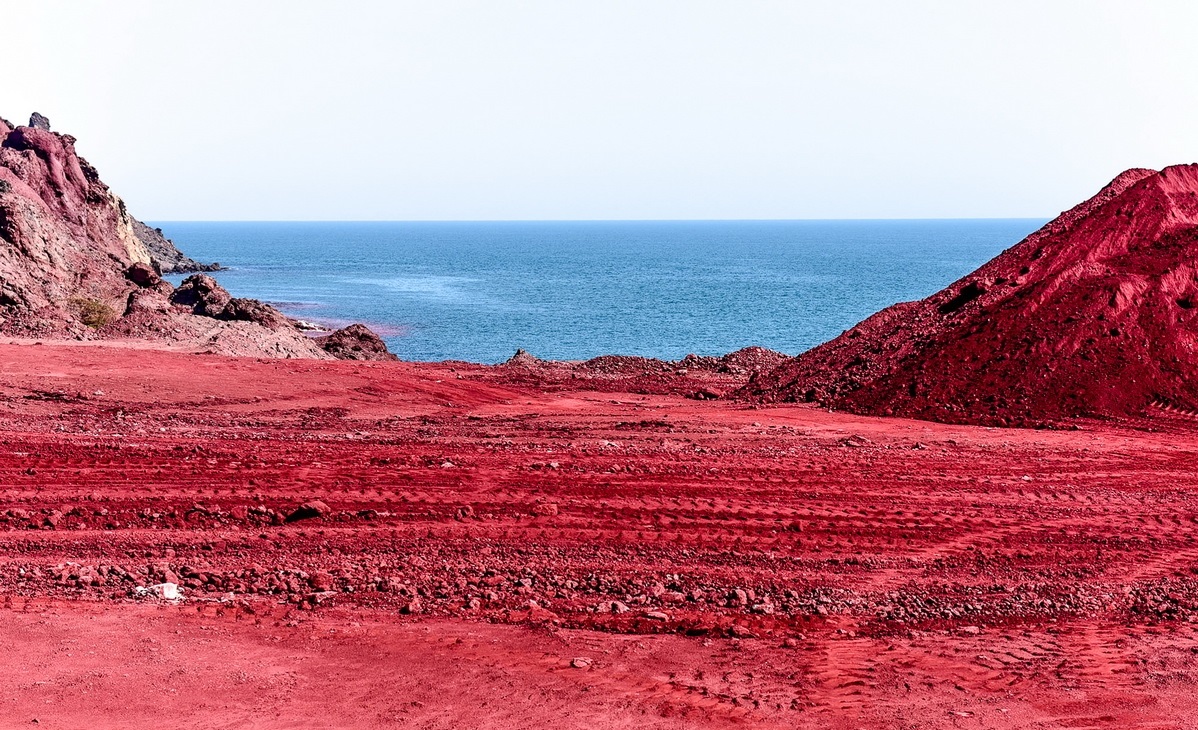 Qeshm Island is one of the greatest tourist destinations in Iran
Qeshm Island is one of the greatest tourist destinations in Iran
Historical background
According to historical records, Qeshm Island has been famous as a trade and navigation center. Its economy flourished during the Dailamite and Buyid eras, as trade vessels sailed between Qeshm Island and China, India, and Africa.
Due to its position, Qeshm has been of high strategic importance for many centuries. In fact, the Portuguese conquered and ruled it for about 200 years and this is why, today, it still has an ancient Portuguese fortress and some streets even have Portuguese names.
 Naderi castle in Qeshm
Naderi castle in Qeshm
Qeshm attractions
Qeshm Island has plenty of natural and tourism attractions, from pristine islands and untapped coral reefs to long-standing forests, high valleys to deep caves, and all the wildlife and cultural assets in between. Among eye-catching attractions in Qeshm island stand Hara Marine forests as the precious ecological mangrove tree resources, the Stars Valley, and Kharbas cave an outstanding work of rock-out architecture.
 Valley of stars
Valley of stars
Valley of the Stars
One of the most spectacular natural sites on Qeshm Island features a series of majestic gorges and canyons that were formed over centuries by erosion. Wandering amid the valley is a magical experience.
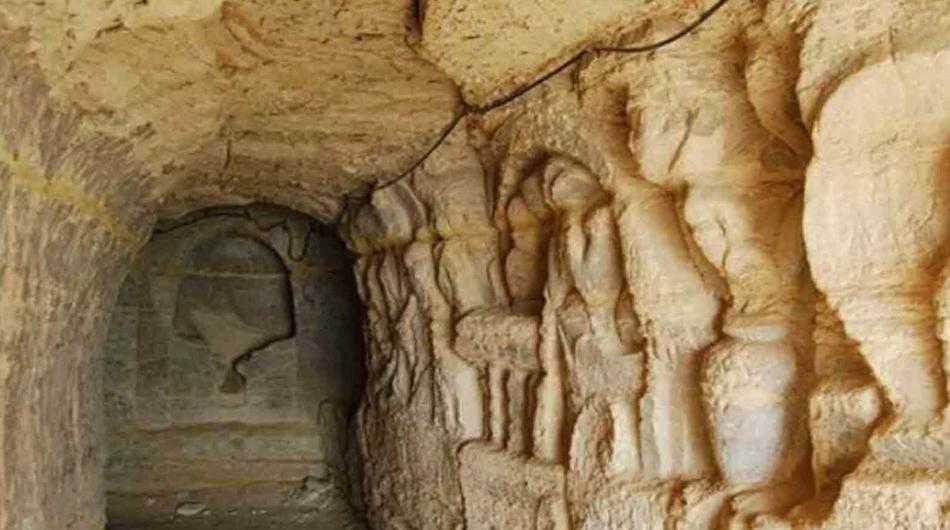 Kharbas Caves
Kharbas Caves
Kharbas Cave: The ancient village of Kharbas is located on the fork road of Qeshm - Dargahan in Qeshm Island, Hormozgan Province. Nestling in the heights of this village is historical evidence revealing architectural effects in the rocks. Some believe this to be the place of worship of the Mithraism cult or the Anahita Temple (deity of water). Overlooking the Persian Gulf, the Khorbas Cave on the Southern Iranian Island of Qeshm is partly natural, partly man-made. Khorbas cave with its odd and mysterious holes is one of the attractions of Qeshm Island that remains from the Medes era.
 Valley of stars
Valley of stars
Portuguese Castle
Of course, there is more to Qeshm island than its natural beauty. This is where Portugal comes in! There was a sea trade on the route between Europe and India and the Portuguese who were interested to dominate the area, built many fortresses and castles in this zone. The Portuguese castle was built in 1507 by the Portuguese commander Alfonso de Albuquerque in Qeshm with an area of 2000 square meters, consisting of several 12-meter-tall towers and 3.5-meter-thick walls and included churches, prisons, and many rooms.
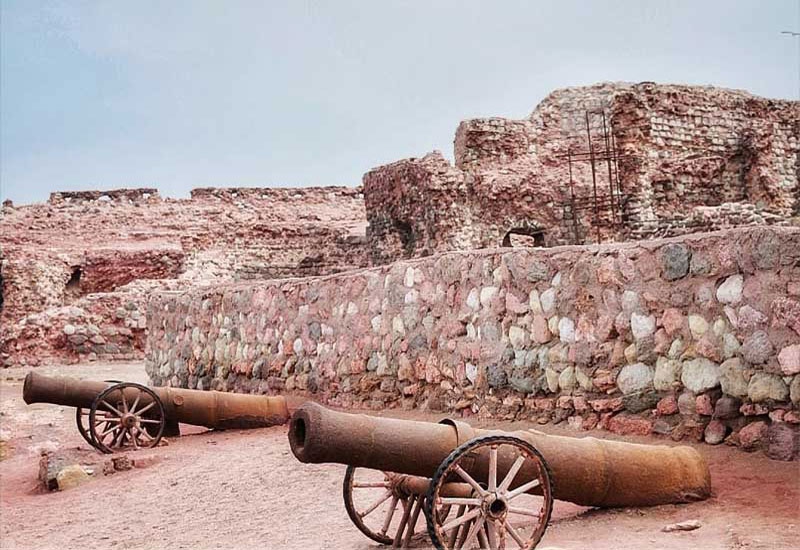 Old aged canons at Portuguese castle
Old aged canons at Portuguese castle
This castle was used mainly as vast storage for ammunition and weapons that helped other forts when under pressure. The Safavid king, Shah Abbas (1571-1629) eventually put an end to the Portuguese domination after 110 years. Make sure to visit this castle during your stay on Qeshm island.
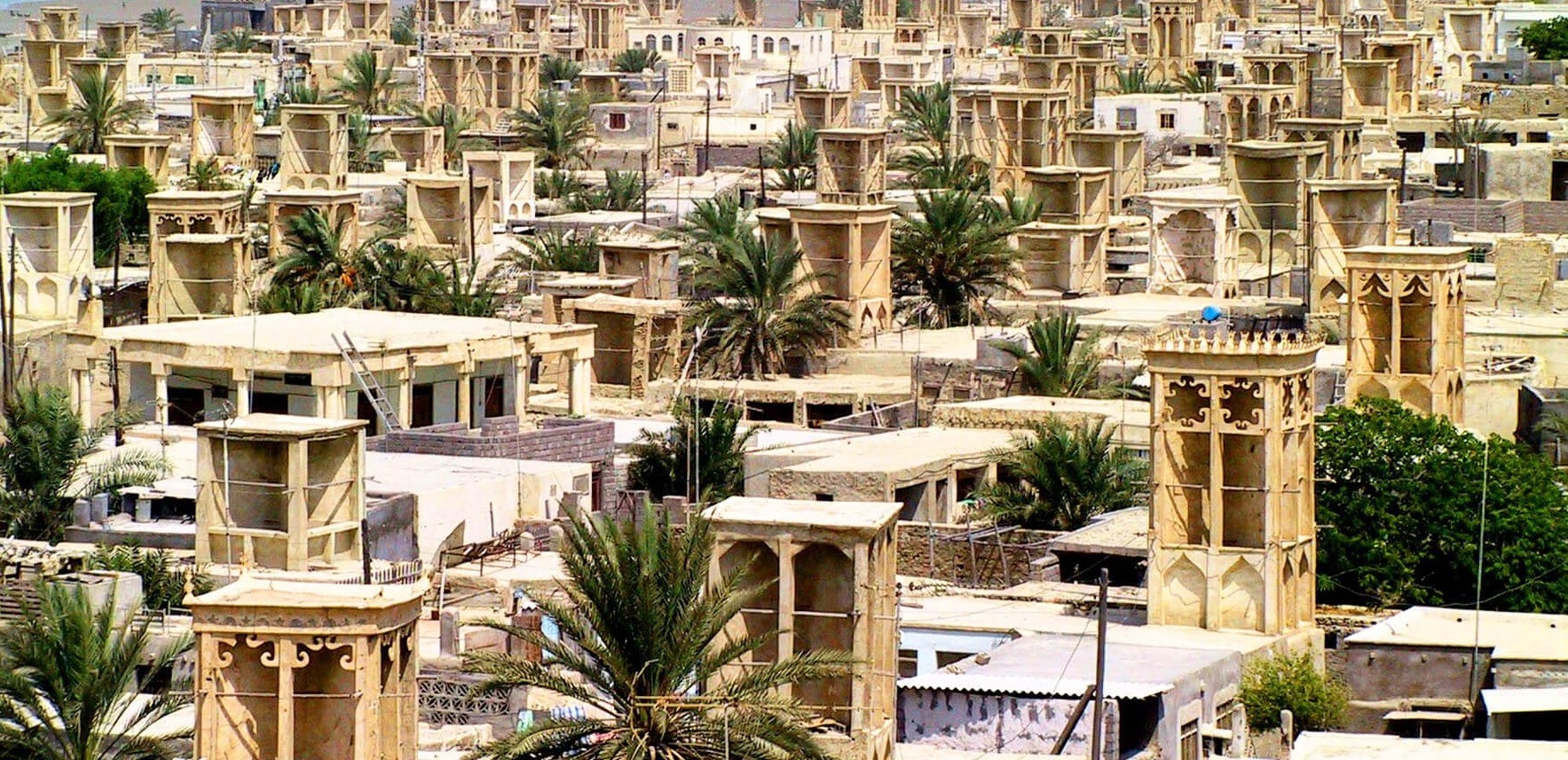 Windcathers are popular architectural characteristics in arid areas of Iran
Windcathers are popular architectural characteristics in arid areas of Iran
Laft village
Bandar Laft is situated on Qeshm’s "FIN" next to Hara Forest. Even though Yazd is most often thought of as the city of Windcatchers (wind towers), an ancient Persian architectural structure used to create natural ventilation, a glance at the panoramic skyline of this historical port is proof of a rivalry. Few Abanbar (Persian ancient water reservoirs) also exist and are still used by locals today.
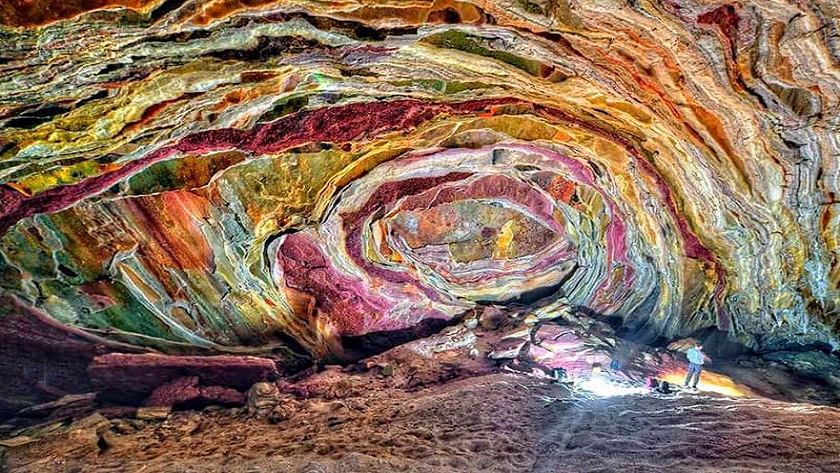 Namakdan Salt Cave
Namakdan Salt Cave
Namakdan Salt Cave
Namakdan Salt Cave on Qeshm Island is one of the most attractive natural landmarks in Hormozgan province. The white streaks of salt on the exterior side of the mountain of the cave have made it stand out in the landscape.
The Saltwater flows that move on the bed of Namakdan Salt Cave create an especially fascinating scenery for the visitors. The saltwater flows reflect the images around it and add up to the beauty of the cave.
 phytoplankton make Qeshm beaches shine in night
phytoplankton make Qeshm beaches shine in night
Qeshm’s Mangrove Forest (Harra)
The next place which is highly recommended for tourists to visit is the Harra mangrove forest. Harra forest is one of the 8 mangrove forests of Iran and it covers an area of almost 2000 square kilometers. The most beautiful natural wonder that one can easily witness through the day is that with the rise and fall of the sea level during the day, the routes of the trees become submerged in water and later come out of the water and become visible.
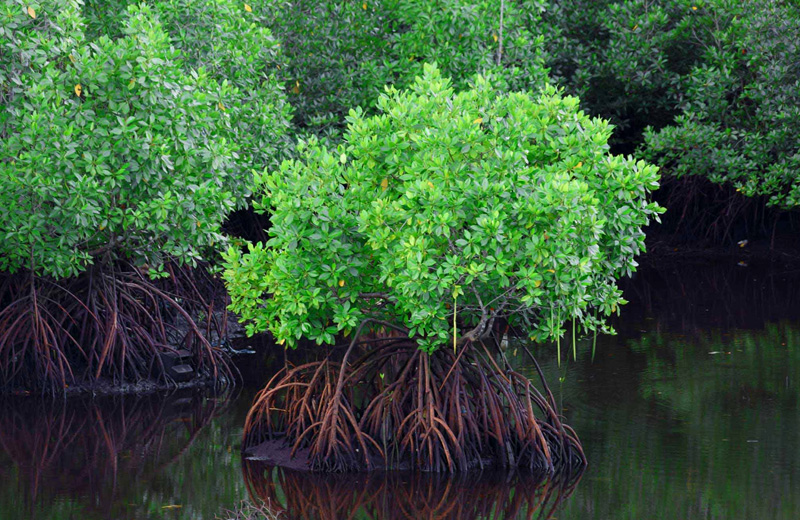 Mangrove forest in Qeshm
Mangrove forest in Qeshm
Avicenna Marina, the trees that cover most of the forest can reach a height of 8 meters and have external roots, and are capable of filtering the saltwater intake. Traditionally the leaves of the Harra tree were used as food for the livestock.
Related article: Avicenna; What Iran is known for
In 1972, the Harra forest was announced as a protected area to preserve the suitable conditions upon which the forest thrives.
This mangrove forest is indeed one of the wonders of Qeshm island. The good news is that tourists can ride on a boating tour and travel through this forest and witness the floating trees and the unique ecosystem.
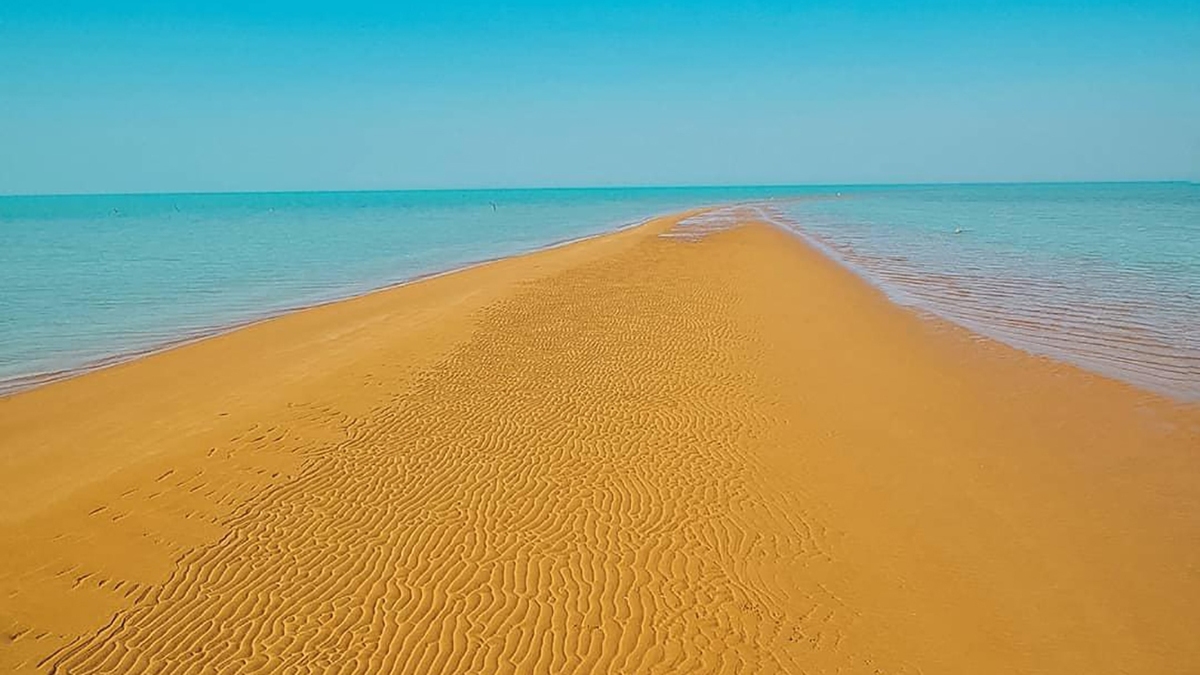 Gorgeous sand beach in Qeshm
Gorgeous sand beach in Qeshm
What makes Qeshm special is the existence of a variety of coastal habitats. All kinds of coastal beds such as coral reefs, rocky shores, muddy and sandy beaches, and mangrove forests can be seen in Qeshm.
Read More:
Hyrcanian forests; What Iran is known for
Ashkan Salehian

